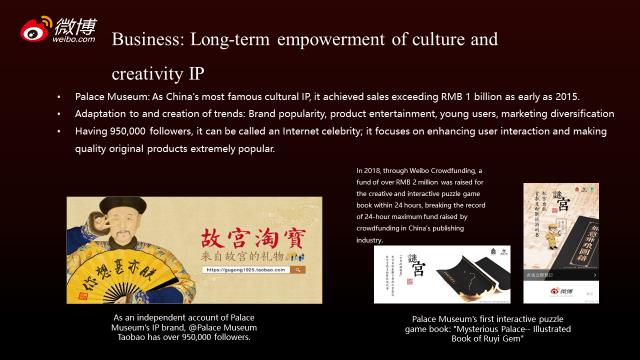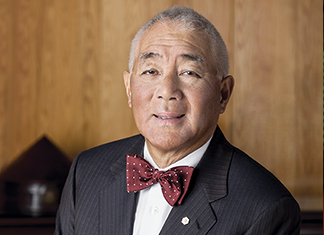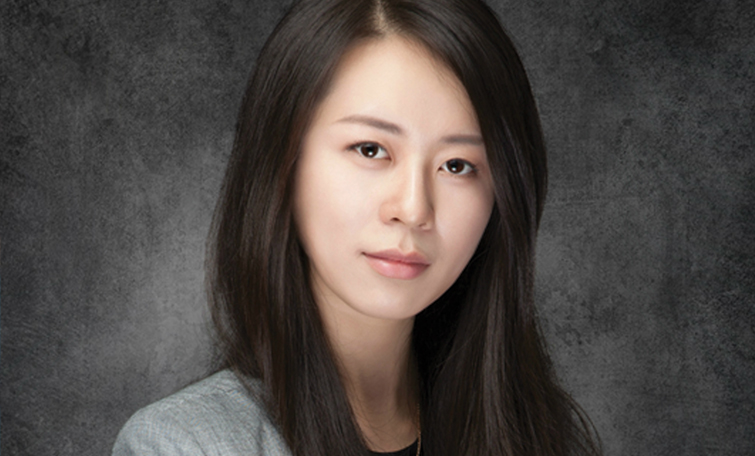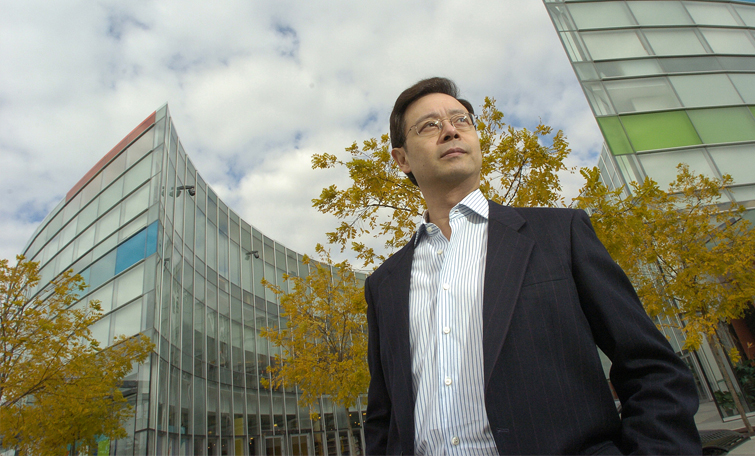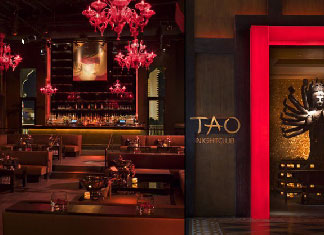Cultures on Weibo
- Caifu Magazine | by Star
- EN
Weibo's data has been steadily increasing since 2015. At the same time, its users are relatively even distributed in terms of cities or ages. During the last two years of operation, Weibo has mainly focused its operations on vertical interest, setting up different departments according to user interests in different content, providing them with more interesting content, as well as related products and services.
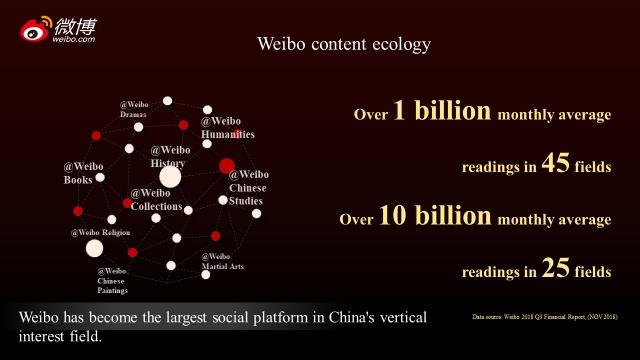
In the past two years, Weibo has gradually changed from an information dissemination platform to the largest social platform based on vertical interest communities. There are 55 vertical interests on Weibo, and the culture content alone has more than a dozen subdivisions such as history, traditional culture, humanities, collections, theatre, painting and calligraphy, which constitutes the whole cultural ecology. These ecosystems, each with different product forms such as images, videos, live broadcasts, Q&As and so on, showing different aspect of the culture.
A well-known university professor in China once said that Weibo is a world in its own right, through which the public can keep abreast of what is happening, what people are discussing and debating on, and how they can react to keep up with current developments. In the earliest days of Weibo, users' interests were more about humor, fashion and beauty, and general lifestyle related content. In the past two years, however, under the leadership of its executive editor, Weibo is strengthening its work in culture and history.
Weibo held a variety of cultural events in 2018 based on different themes. The most successful cultural event was the Afghan Cultural Relics tour. Starting from 2006, Afghanistan has been hosting a large-scale, ongoing global tour exhibition of cultural relics organized by its National Museum, with 231 artifacts on display in different countries. When the tour came to China, the National Museum of Afghanistan made full use of social media in China. They launched a campaign on Weibo, based on content, culture and collections. All museums in China actively participated in the event. The exhibition toured from the south to the north in many cities such as Chengdu, Zhengzhou, Shenzhen, Dunhuang and Beijing, while other museums joined in this communication relay of civilization history. On Weibo, netizens called on their local museums to join the event, and the whole country saw a wave of public interest in understanding more traditional culture like the Afghan civilization. The event is still going on, and Weibo has received a thank-you note from the National Museum of Afghanistan through the Chinese Embassy in Afghanistan.
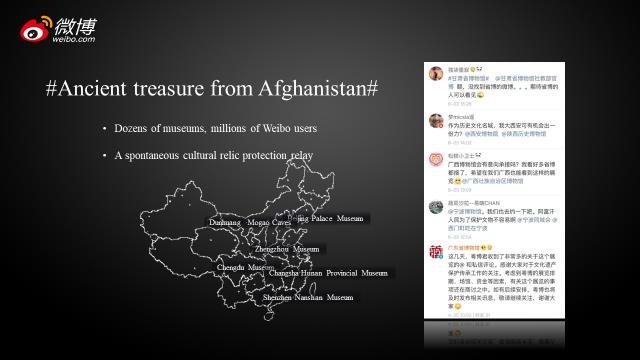
Weibo has always adhered to three ideals in cultural communications. Weibo wants to be a link with warmth, a multidisciplinary player with creativity, and a relay center to pass on positive energy. A link with warmth means that Weibo is promoting culture with people in mind and with humanism in heart, which was exemplified in the web event Guardians of National Treasure. While many expressed interests in civilization and history, they don't have easy access to a useful venue where they can locate the content, especially for young users after they have left their school environment. With an understanding that history is the biography of a people and a country, and cultural relics are the most important carrier for history and an important aspect of education for cultural tradition, Weibo joined the National Museum of China and those in the field of traditional Chinese culture and related government agencies, and invited those KOLs on Weibo (Big V’s) to tell a story behind one piece of cultural relic of their choice. This stimulated interest and encouraged more Weibo users to enter the museum to learn more about history and traditional culture behind the stories, thus evoking public enthusiasm for the protection of civilization.
In addition to the humanism philosophy mentioned above, Weibo also hopes to promote Chinese traditional culture in a more social media-specific way. In this respect, the online event of New Youth of Cultural China is a good example where Weibo organized hundreds of KOLs in 44 fields, including music, theatre, history and other areas outside of traditional culture. These KOLs joined together to share their own understanding of tradition. The activity showcased 2,600 videos of works collected on Weibo in three weeks. By displaying and disseminating these videos, Weibo reached out to the younger generation, impressed their mind and inspired their vision in learning more about traditional culture.

The reform of the Chinese government this year resulted in the merger of the Ministry of Culture and the Ministry of Tourism. A new Ministry of Culture and Tourism was created, signalling governmental policy guidance of direction, under which Weibo has also made some cross-disciplinary experiment in cultural communication on its cultural channel. With its traditional travel IP projects, Weibo’s Travel with Weibo campaign organized celebrities and various personalities, as well as KOLs within tourism communities to enter different museums. They do card-punching at the museums and explored inside, bringing a live broadcasting reality show to netizens. This campaign created more than 500 million hits of related short videos and collected more than 27 million netizen card-punchings, which is a good example of multi-disciplinary collaboration. Because the nature of tourism closely related to geography and POI, Weibo brought about a new product, Tour of the Great Country, to conduct comprehensive services evaluation and scored an index for the popular tourist sites, working together with influential traditional media, such as China's CCTV network and professional map product service providers, such as Gao De. The product allows netizens to upload their comments on different tourism products or tourist attractions according to their geographic location, offering at the same time advice to other netizens.
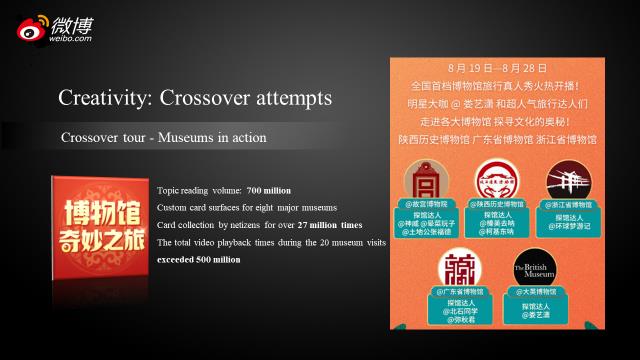
In the process of positive energy relay, Weibo shows two approaches. The first one is based on the authority of Weibo. In celebrating the International Museum Day in 2018 with a theme of Museum of Hyperlinks, Weibo deployed new methods to reach new audiences, utilizing new media to break the time and space constraints in helping international content providers and traditional cultural content providers to cover the entire Chinese users’ space. Other than that, Weibo has also mobilized many users to participate spontaneously in the activities of traditional cultural communication, such as hashtag National Treasure, If the Cultural Relics Can Talk, along with other activities. Netizens showed very strong interests in culture and history. The keyword tag museum, for example, has had 25 million appearances on Weibo in 2018. Weibo fully mobilized the net and synchronized the enthusiasm of KOLs with general users. With their bonding/adhesion, the energy of cultural output enjoyed an active flux on Weibo.
